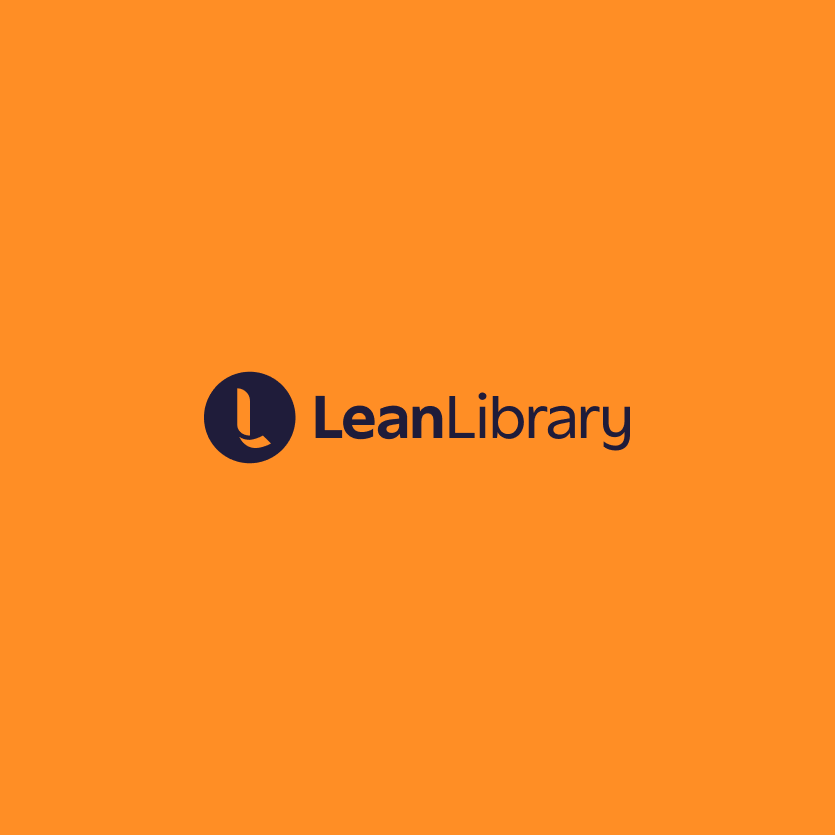
Product: Talis Aspire
“Marrying up digitised content with reading lists was a natural solution to improving access to online learning environments, thereby improving the student experience.”
Ed Chamberlain, University of East Anglia
Background
The University of East Anglia identified that online reading lists and digitised content represented a big gap in Library service provision. They had no in-house systems, centralised file share and used a manual, staff intensive workflow for digitisation clearance. Reading lists existed on paper and were submitted to library services in an ad hoc way, which meant that book acquisition could be mismatched with student demand. This had implications for the student experience – commonly reported issues included poor access to course materials (especially online) and insufficient recommended texts for course modules.
Situation
The library services team had taken steps over previous years to build a case for digitisation of library services using acquisitions process improvement as the core argument and benefit – with broad support, but no funding.
Ed Chamberlain, Head of Resources for the university explains, “We structured the original business case in what we felt was a pretty compelling way, pitching reading lists as a bolt on to our management system and an upgrade to our internal processes. Everyone thought it was a good idea – but it wasn’t a really great sell. It focused too much on the Library and not enough on the potential benefits to the institution as a whole.” It looked merely like a ‘nice to have’, especially at a time when the library was trying to put money into other services (such as 24/7 and self- service), all of which had a perceived higher impact on student experience.
However, when the library team started to receive student survey responses that highlighted a big increase in demand for books and course materials to be available on its Virtual Learning Environment, Blackboard, the team recognised it needed to change its approach to the problem.
“Marrying up digitised content with reading lists was a natural solution to improving access to online learning environments, thereby improving the student experience,” explains Ed. The digitised content module offered unique functionality and integration opportunities that were critical to the success of the project and not offered by any other supplier.
Approach: Putting the business case together
The team set about running a campaign to raise awareness at University committee level, with a new business case, no longer focusing on process improvement but instead the benefits to the university as a whole in terms of a more accessible digital learning environment. This particularly included being able to provide more targeted material for each course module through library services.
Realising the scale of change needed to make an immediate impact, the team submitted a funding bid that also included staffing.
There had been plenty of previous scene setting through earlier business case attempts, so awareness of the Talis solution was already high. This campus- wide initiative broadened the appeal of the project to include the whole university community, gaining buy- in as a driver for institutional changes in teaching and learning practice.
Other benefits put forward in the business case included the ability for UEA to scale its copyright service to improve compliance and be more efficient in delivering resources to students.
According to Ed, “Talis was helpful at providing business cases examples from other universities that we could learn from, and we used workflow improvements as a supportive argument. We wanted to show people how complicated it was to process a scan request manually – we had a big flowchart showing that it took 40 minutes every time, whereas this software would make the same happen within minutes.”
Results
Talis Aspire Reading Lists and Digitised Content have now been in place for 12 months with a formal project running for the last nine months. There are over 800 reading lists in the system and there has been very positive feedback from the majority of academics, with a critical mass of content achieved.
“Having a solution that is both sustainable and measurable are core considerations here,” concludes Ed. “We now need to be able to demonstrate results not just of the system’s uptake but how this impacts on the satisfaction of our students through NSS and daily anecdotal evidence.”
Ed comments, “The system has been very well received across the whole university community.
We’ve helped this process by promoting it to the academic audience at every single opportunity, to every school and committee, to help push the system out there.”
The university has also moved digitisation services over to Talis Aspire Digitised Content and they’ve already seen a 20% increase in scans in just one month. It’s still early days for publicising the system to students, but with an estimated 50-60% coverage of reading lists already centralised in Talis Aspire Reading Lists, it is now considered a core library service. Longer term, the aim is to address the gaps through a programme of embedding academic adoption and using the integrated solution to provision a large number of digitised readings to support teaching.
Future plans for this project
Moving forward into year two of the project, the team anticipates that much of the effort will focus on increasing adoption of the system. To date, many reading lists have been created by the Library but always with a view to handing them back to academics for maintenance and upkeep. The library team will provide both 1:1 and team training to support this activity.
“Having a solution that is both sustainable and measurable are core considerations here,” concludes Ed. “We now need to be able to demonstrate results not just of the system’s uptake but how this impacts on the satisfaction of our students through NSS and daily anecdotal evidence.”
Interested?
Find out more about Talis Aspire.
If you’d like to hear more or receive a product demo, get in touch.




